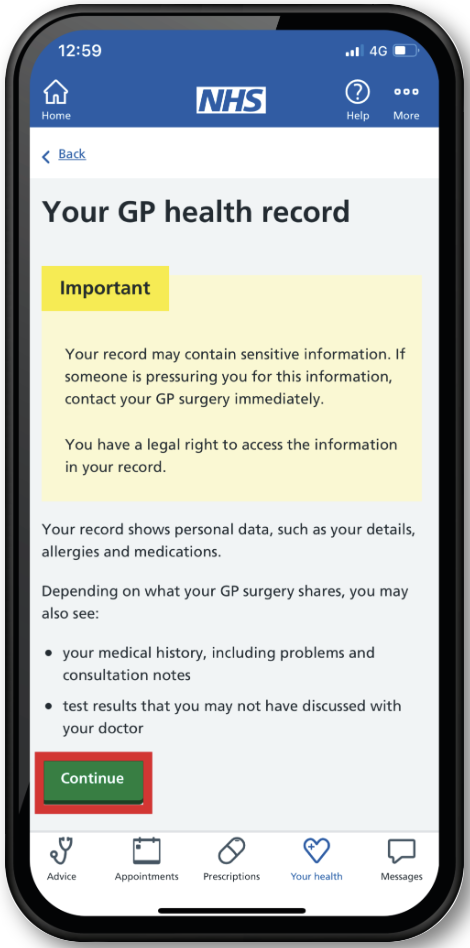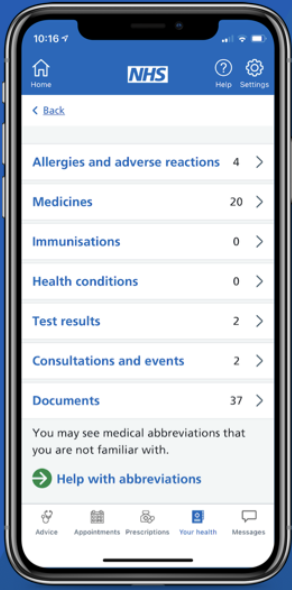We carry out ambulatory blood pressure monitoring (ABPM) over a 24 hour period on the request of a GP in order to check whether you have consistently high blood pressure throughout the day. By measuring your blood pressure at regular intervals up to 24 hours, your GP is able to get a clear idea of how your blood pressure changes throughout the day.
Who is the ABPM for?
An ABPM is available for patients of the Practice over the age of 16, on the request of a Practice clinician. Patients over the age of 16 who hold an NHS GP registration with any Central London GP can also be referred to our Practice to have an ABPM assessment.
There are a number of reasons why we might need ABPM. These include:
- to establish a diagnosis of high blood pressure (hypertension)
- to identify patients who have higher blood pressure readings when in the clinic (known as ‘white coat effect’)
- to help decide if blood pressure medication is required
- to help to decide whether any change to your medication is required
- to further investigate people whose blood pressure is hard to control
- to see how well a patient’s blood pressure medicines are controlling blood pressure throughout the day
- to see what happens to a patient’s blood pressure at night
Where do we provide an ABPM?
All ABPM appointments are based in the Practice.
Who will I see when I attend an ABPM fitting?
Our Health Practitioner team includes four Healthcare Assistants and two GP Assistants. If you only wish to be seen by a female Health Practitioner, we advise you state your preference at time of appointment booking.
What does an ABPM involve?
It is similar to your usual blood pressure measurement: an electronic monitor takes your blood pressure by inflating a cuff around
your upper arm and then slowly releasing the pressure. The monitor will be started by the Health Practitioner. It will be placed inside a protective cover and it is important that it remains in this for the duration of the monitoring. The machine then takes blood pressure
readings at regular intervals throughout the day. Normally this is around every 15-30 minutes during the daytime and 30-60 minutes at night. You will need to keep the monitor on throughout the night; many people put the machine under the pillow or on the bed while you sleep. At the end of the monitoring period you can remove the machine and cuff and return it back to the Practice. The machine will have stored all your readings and these will then be analysed.
Let the Health Practitioner fitting the ABPM know if you would like someone else to be in the room with you (a chaperone). This could be someone you know, another nurse or a trained member of staff.
What do I need to do?
Because the ABPM is being carried out to find out what your normal daily blood pressure is, it is important to carry on with your normal routine and do all the things you would normally do. However, you should avoid vigorous exercise. It is recommended that you do not drive for the duration of your monitoring.
You should wear loose clothing, preferably a short sleeved top, to your appointment. The monitor will be fitted underneath your top. You should also wear a belt to which the monitor can be attached.
To allow the machine to work properly, it is important to make sure that the tube to the machine is not twisted or bent. Also, just before the machine is about to take a reading, it will alert you. When this happens you should:
- sit down, if possible
- keep the cuff at the same level as your heart
- keep your arm still
- do not talk or cross your legs during the recording
Preferably avoid showering or bathing during the period of measurement. If you decide to take a bath or a shower you will need to take off the monitor and cuff as these are not waterproof and you must not get them wet. You need to make sure when reapplying the cuff that it is in the same position as when originally fitted. If you are unsure then ask our Health Practitioner for advice.
Will I need to keep a diary whilst having the ABPM done?
When we analyse the results, we rely on the information you provide in your diary. Sometimes there may be perfectly good reasons as to why your blood pressure was high, for example, when running for a bus. Each time your blood pressure is recorded, you may be asked to make a note of the time and your activity (walking, sitting, smoking etc). You do not need to do this at night, but you must remember to complete the section on the diary which records when you went to sleep and woke up.
Should I document when I take my medications?
You will be advised of this by the Health Practitioner in your appointment. Document the name and dose of the drug and the time it was taken. Also record any symptoms felt during the monitoring, such as any pain, dizziness etc.
How will I get my ABPM result?
It can take up to 5 days to get your ABPM report. You may need a follow-up appointment to talk about your results. If you’ve not heard anything after a week, please contact the clinician who referred you for the ABPM assessment. The referring clinician or another member of the Practice team — a GP, Advanced Nurse Practitioner or the Practice-based Clinical Pharmacist — should talk to you about your results and explain what happens next.
How do I access my ABPM report in the NHS App?
Step – 1
Login to the NHS App on your smartphone or via your web browser using the NHS App weblink. You will be able to sign in using Face ID or your NHS Login credentials.

Step – 2
From the main menu, select ‘View your GP health record’.

Step – 3
There will be a ‘sensitive information’ warning: please read the information and select ‘continue’ at the bottom of the page.

Step – 4
By selecting ‘Documents’ from the menu, you can access a copy of the ABPM report as a PDF formatted document. By selecting ‘Consultations and events’ from the menu, you can see comments from the GP who has reviewed your ABPM report. If you cannot see ‘Documents’ or ‘Consultations and events’ in the menu, please contact the Practice to have your access reset.
